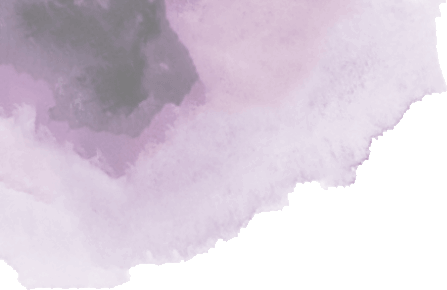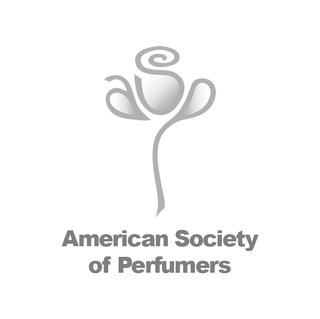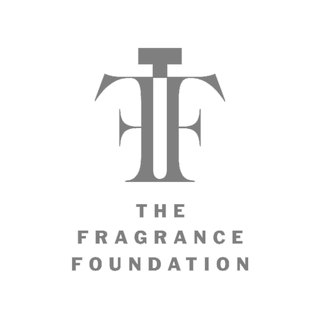The (lost) Art of Smelling
We live in a world of stimulation overload. Buzzing, beeping, chirping, chattering, flashing, blinking -we are constantly bombarded by sights and sounds that divert our attention through a sea of stimulus at an ever increasing pace. So when I began to explore the sense of smell, I was surprised and exhilarated to be awakened to a whole new world – one that I’ve been living in my entire life.
From an early age, we are taught how to make and hear sounds, how to see and interpret colors, but we are never really taught how to understand and identify smells. Instead, aromas are lumped into ‘good’ or ‘bad’ categories, and literal definitions have become our fragrance lexicon. Chocolate smells like chocolate. Roses smell like roses.
But when it comes to understanding fragrance, especially on a personal level, we need to expand our horizon along with our vocabulary. Sure, you can scan through the internet and learn about top, mid and dry notes with all kinds of fancy names and classifications, but what does all that mean if you still can’t articulate in words what those smells mean, feel, and convey? How would you describe the smell of chocolate to someone who doesn’t know what chocolate is?
Fortunately, doing so does not require a perfumer’s education or a three year apprenticeship in the fields of Grasse – just some general awareness and creative thinking. The first step is to start noticing, mixed among the sights and sounds of hectic daily life, the scents that permeate our world - some pleasant, some not, but always there, all the time. Every day we encounter an endless array of odors and perfumes from nature, other people, machines, food, and the countless combinations inbetween. Sadly, most of these smells go by unnoticed and our sense of smell has been reduced to a practical function of identifying food and danger. So bring your nose back to life and start noticing, identifying, and sorting the smells you encounter, good or bad, every day.
Next, we have to stop thinking of a fragrance as the definition of its ingredients and start re-learning a language we already know, using familiar words in an entirely new context. What texture does a smell have? What color? What feeling or mood does a smell convey? How would you identify one smell among others? The best part is that there are no right or wrong answers, only individual interpretation and expression – so be creative, and smell from the heart!
After all, no one can describe how fragrances smell better than you!










